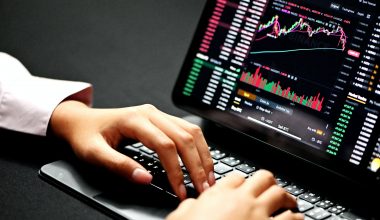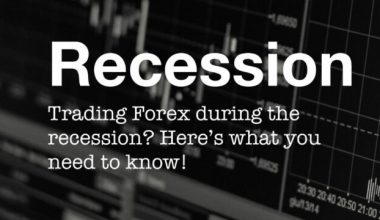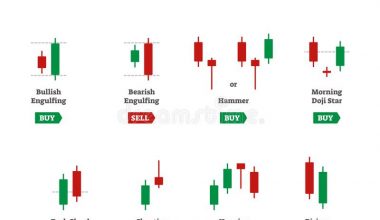Forex trading has become one of the largest and most influential markets in the world. At its core, forex involves the buying and selling of currencies, taking advantage of shifts in exchange rates. There are several different components of the forex marketplace, each with its unique mechanics and strategies.
The intricacies of the spot market
The spot market is where direct currency is traded in real time. In this market, traders often rely on the forex market live prices to make immediate buy or sell decisions. The price of a currency at any given time is determined by a number of factors, including geopolitical events, interest rates and different economic indicators.
Major players such as central banks and other similar financial institutions can significantly impact these prices. They can manipulate rates through their monetary policies and decisions, or through forex transactions. Understanding both the influence and incentives of these institutions is essential for anyone wading into the spot market.
Given the fast-paced nature of spot markets, forex traders tend to employ a number of different advanced strategies. Scalping (aiming for a small, quick profit from minute price changes), swarming (where multiple agents or algorithms act together to achieve a goal), and arbitrage (exploiting price differences of the same asset across different markets) are all examples of strategies that traders might use.
Planning for the future with forward markets
Forward markets are contracts that allow currency transactions at a predetermined future rate. Unlike standardized futures, which are traded on an exchange, these are private agreements between two parties and can be customized to fit unique and specific needs.
So, what use cases are there for forward contracts? They might be in an industry where they have to place an order for inventory a long time before they pay for it, and a big fluctuation could cost significantly more than what they were planning. By locking in an exchange rate early on, they protect themselves and their bottom line from price volatility.
Like every financial market, the forward market comes with its own set of advantages and limitations. The ability to customize contracts provides flexibility, but this can also introduce counterparty risk.
Futures contracts in the forex world
Futures markets differ from forwards in that they are highly structured and traded on regulated exchanges with standardized expiration dates and contract sizes. Futures markets emerged in the 1970s, and their clear structure helps to provide both transparency and liquidity.
The mechanics of futures trading involve some unique dynamics. One example is the margin money, which is a deposit that’s required to open a position. Another is the maintenance margin, which is the minimum amount that must be kept in your account at all times during the trade. These margins serve as collateral against any potential losses and are extremely important from the perspective of financial integrity.
When deciding which parts of the forex market to navigate, the individual’s trading style and risk tolerance are key. Either way, having a strong understanding of how they work and keeping tabs on the different aspects that can affect them are core parts of any successful strategy.






